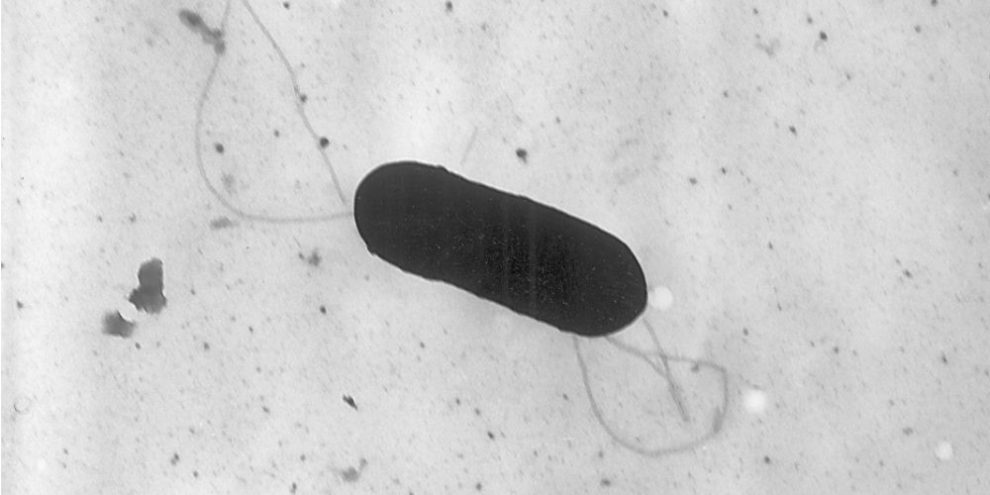
Three people have died and several others are sick with listeriosis in an outbreak that triggered a national recall of certain plant-based milk.
WHAT IS LISTERIA?
The Listeria bacterium is found in soil, sewage and untreated water. It can also be found in foods such as meat, seafood, fruits, vegetables and dairy products.
HOW DOES THE BACTERIUM GET INTO FOOD?
Listeria can get into fruits and vegetables if contaminated water is used on crops. They can also become contaminated from Listeria in soil and manure-based fertilizers.
Food manufacturing and processing facilities can also spread the bacteria if contaminated water or contaminated ingredients are used there, Health Canada says.
McMaster University microbiologist Lori Burrows says Listeria can also get into food or liquids if surfaces or equipment in processing plants aren't sufficiently disinfected.
Barrie's News Delivered To Your Inbox
By submitting this form, you are consenting to receive marketing emails from: Central Ontario Broadcasting, 431 Huronia Rd, Barrie, Ontario, CA, https://www.cobroadcasting.com. You can revoke your consent to receive emails at any time by using the SafeUnsubscribe® link, found at the bottom of every email. Emails are serviced by Constant Contact
WHAT IS LISTERIOSIS?
Listeriosis is an illness caused by consumption of Listeria-contaminated food or water.
It can also be passed from mother to baby during pregnancy.
The illness can also spread through contact with infected animals, but it's generally not spread between people, public health officials say.
WHAT ARE THE SYMPTOMS?
Listeriosis can cause vomiting, nausea, persistent fever, muscle aches, severe headache and neck stiffness.
Symptoms of severe listeriosis may appear up to 70 days after you have been exposed to Listeria. In severe cases, the infection can be fatal.
WHO'S MOST AT RISK?
People with weakened immune systems, adults over the age of 60 and pregnant women – including their fetus or newborn baby – are at heightened risk of listeriosis complications, according to the Public Health Agency of Canada.
This report by The Canadian Press was first published Aug. 12, 2024.





